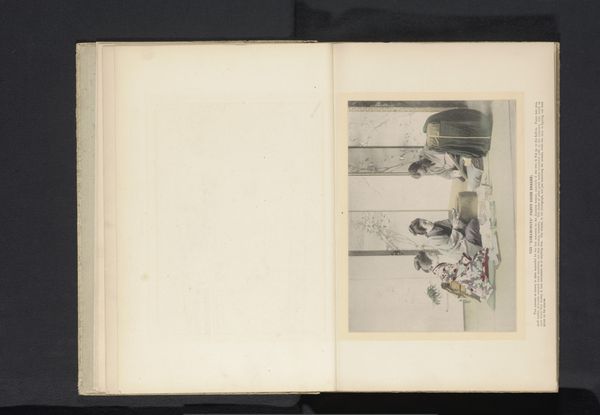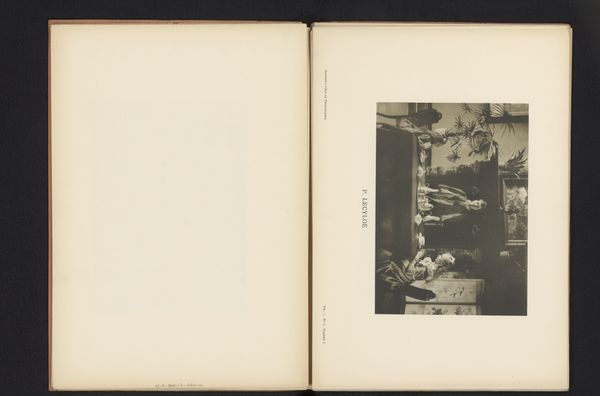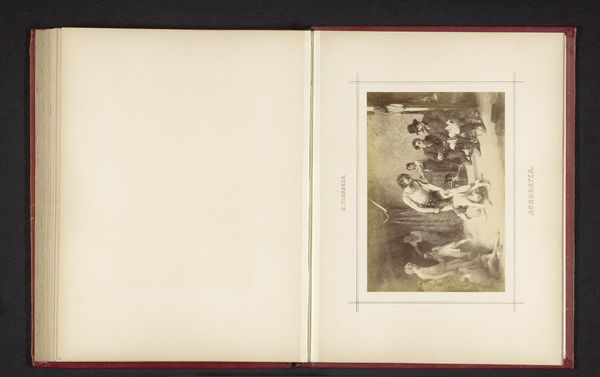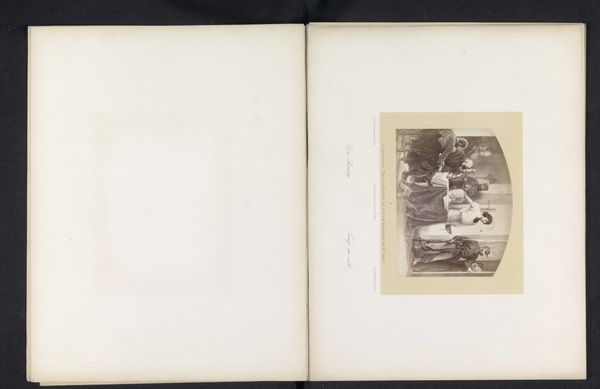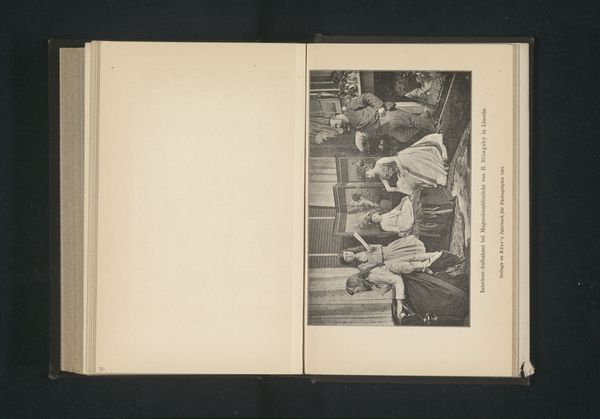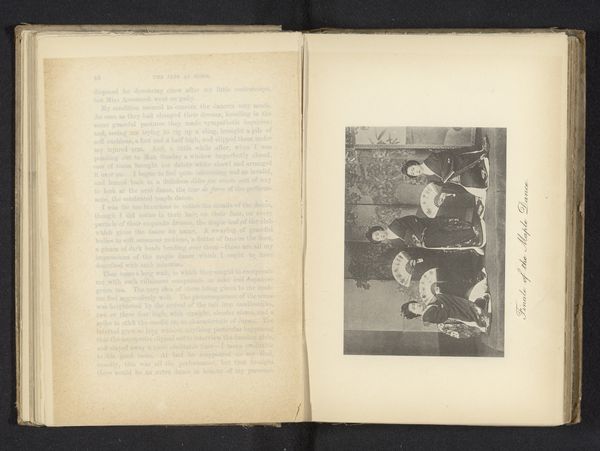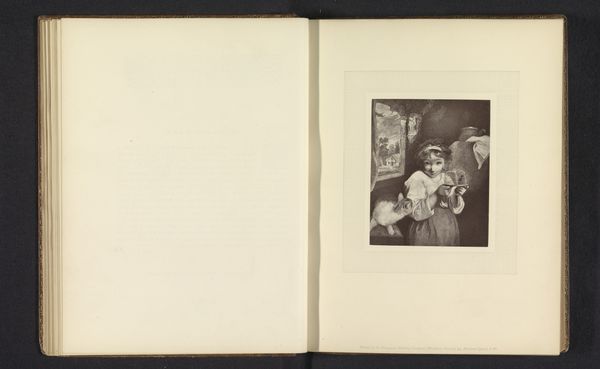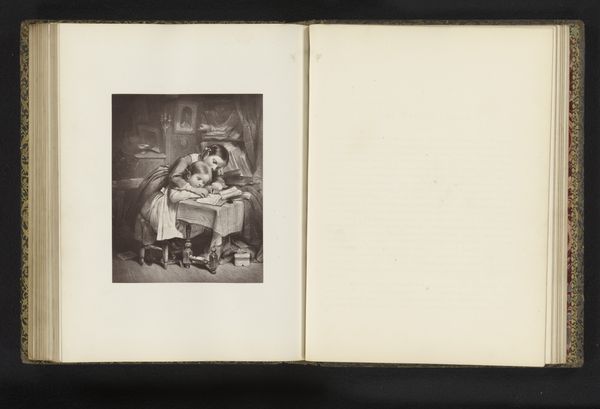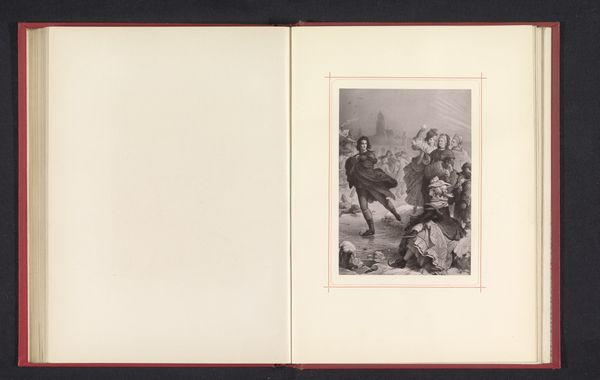
Groepsportret van een onbekende groep meisjes before 1892
0:00
0:00
kklehrundversuchsanstaltfurphotographie
Rijksmuseum
Dimensions: height 99 mm, width 108 mm
Copyright: Rijks Museum: Open Domain
Curator: Ah, this curious piece is from the Rijksmuseum collection. It’s listed as "Groepsportret van een onbekende groep meisjes," or "Group Portrait of an Unknown Group of Girls," and it was created sometime before 1892, attributed to K.K. Lehr- und Versuchsanstalt für Photographie. The medium, simply put, is photography. Editor: My first thought? Melancholy, almost spectral. They seem to float on the page, gazing out from a world that's vanished. The very texture of the aged paper seems to whisper of bygone days. Curator: That whisper is significant. Group portraits like this, particularly those featuring young women, served various social functions. On one hand, to solidify social bonds, and also as markers of identity and aspiration, frequently reinforcing ideals of virtue and conformity expected from young women. The "unknown" nature makes it particularly intriguing; who commissioned this? What did they want to communicate? Editor: Yes, exactly, whose dream of them is this? Perhaps this photograph was meant for a family member far away. A reminder. I wonder what became of each of these young girls in the passing decades? They all look so very individual even within what seems like very rigid social boundaries. I like imagining lives for them beyond the frame. Curator: Well, consider how photographic portraits democratized image making. Painting had long been the realm of the elite when it came to portraiture, but here was a relatively affordable way for even the middle class to participate in crafting and curating a public image, even if the sitters here are unknown to us. Editor: Which makes it even sadder to contemplate that this symbol of burgeoning accessibility now feels locked behind museum glass! But I do wonder… Does that very inaccessibility amplify the preciousness, the poignancy, of this moment captured? Does our distance across time heighten the feeling of their lost youth? Curator: Possibly. It also points to the way archives, and museums, shape our understanding of the past. The power lies in who decides what is preserved, what stories get told. In this instance, this seemingly ordinary photograph finds itself elevated by circumstance. Editor: Indeed. There's beauty and sorrow here, then—in what the image contains, and what it suggests beyond itself, what we’ve assigned it now. An accidental beauty rescued by history, perhaps?
Comments
No comments
Be the first to comment and join the conversation on the ultimate creative platform.
